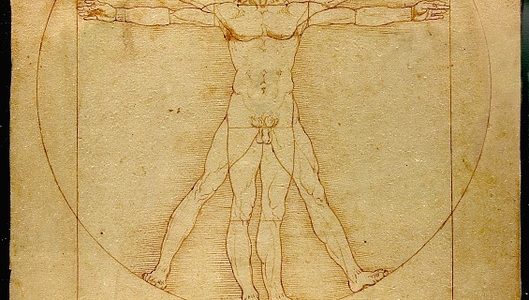Everyone’s heard of Leonardo da Vinci, but it’s difficult to pinpoint exactly what he’s best known for. In some circles, Leonardo da Vinci is best known for his contributions to pop culture through movies and literature. Others would say he’s most famous for his paintings, but there would then be dispute over whether the Last Supper or Mona Lisa is more recognizable. Then some would say that his notebooks, filled with designs and drawings for things such as a bicycle, helicopter, and airplane, that showcase his genius are what make him the subject of study and conversation today. However, few would argue that da Vinci’s work with robots, and his influence on industry, is what makes his a household name.
Leonardo’s robot
We can thank Leonardo da Vinci for the term “Renaissance man”. He was a remarkable painter, inventor, architect, and scientist. Leonardo da Vinci designed numerous inventions, devices, machines, and even robots. He was a visionary whose works influenced many aspects of the modern world, including industry.
Leonardo’s robot, or Leonardo’s mechanical knight, was designed by Leonardo da Vinci in the 15th century. A full drawing of this robot was never discovered; however the design was pieced together by combining numerous fragments from his notes.
Some consider Leonardo’s robot the first humanoid robot in Western civilization. The armor-clad robot was designed to sit upright, move its head, open and close its mouth, and wave its arms. Today this type of movement would be achieved through the use of servo motors. Servos weren’t around during the 1400s, however. Leonardo’s robot moved through a series of gear, cables, cranks, and pulleys.
How da Vinci influenced industry
It’s uncertain whether da Vinci actually built the robotic knight, but a functioning version of Leonardo’s robot has since been built using his original designs. Mark Rosheim constructed Leonardo’s knight in 2002. While primitive compared to modern robotic standards, Leonardo’s robot influenced robots more than 500 years after it was designed.
Leonardo’s robot inspired a new humanoid robot designed by Mark Rosheim and commissioned by NASA. Robotic Surrogate (now in it’s third generation) was designed to perform maintenance on Space Station Freedom (now the International Space Station). Though the station ended up being serviced by astronauts, Rosheim drew from Leonardo’s design to build his robot.
This modern take on Leonardo’s robot relies on current technology – like linear motors and actuators – rather than 15th century cables and pulleys. Like da Vinci, Rosheim based his design on anatomical drawings to develop a robot. Rosheim came up with a universal joint that resembles a human knuckle. This joint, which allows movement in any direction, has since been applied to industrial robots.
While humanoid robots can provide valuable technology, they’re not suitable for manufacturing. The Robotic Surrogate brought a universal joint to industrial robots, but you won’t see humanoid automata working in factories or warehouses anytime soon. That’s what industrial motion control systems are for. Contact us for repair, service, or maintenance on your Indramat motion control products!
